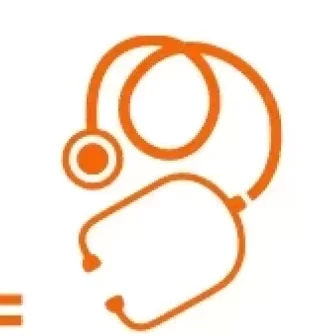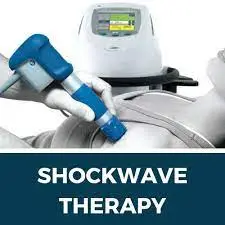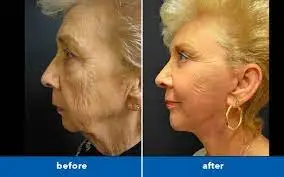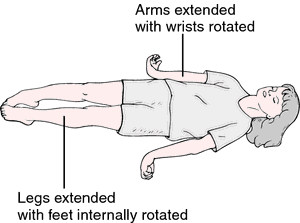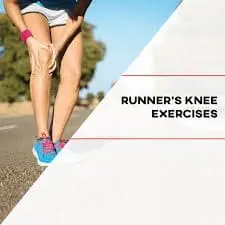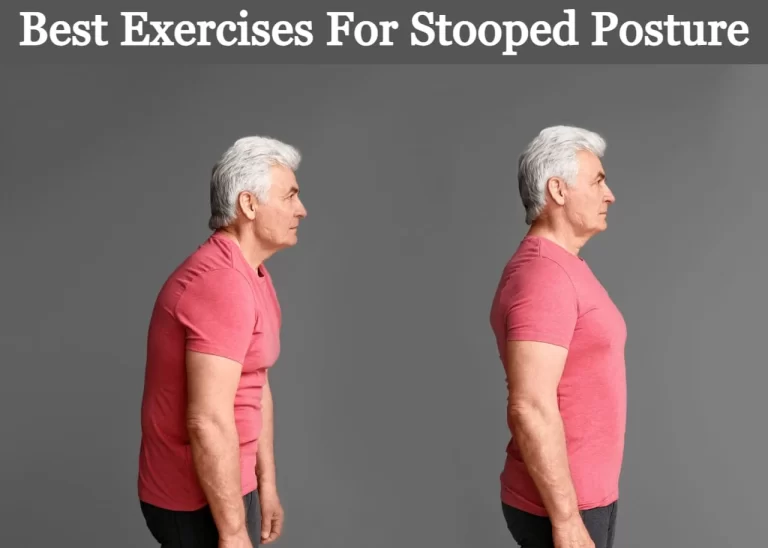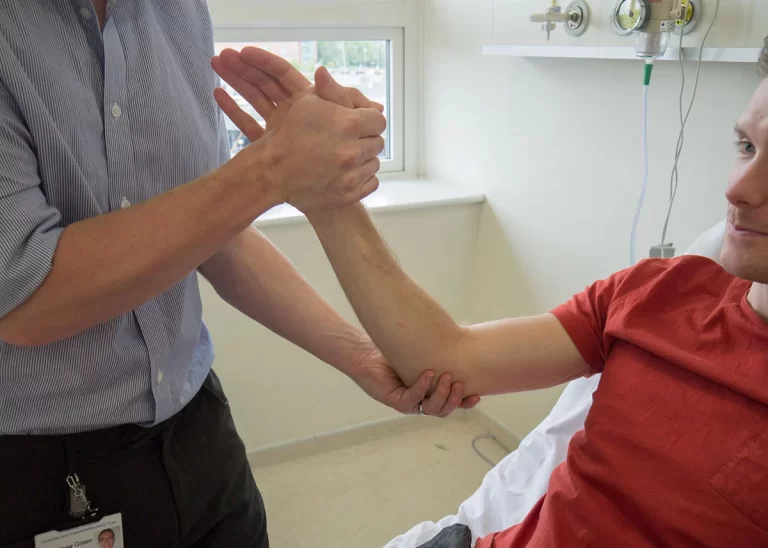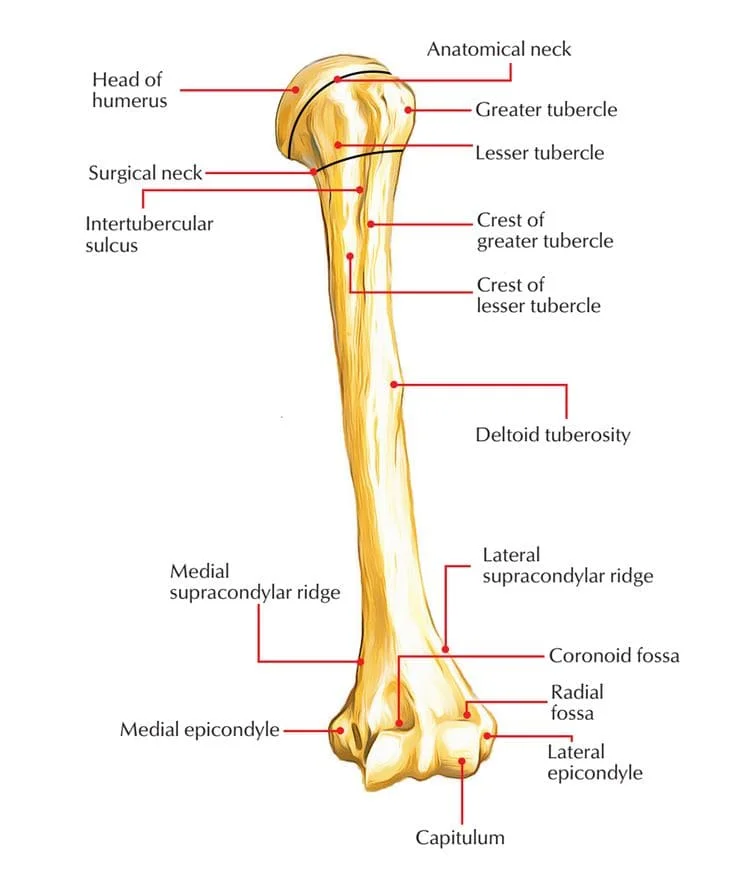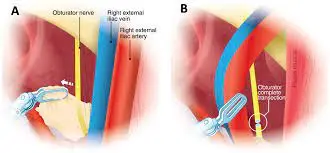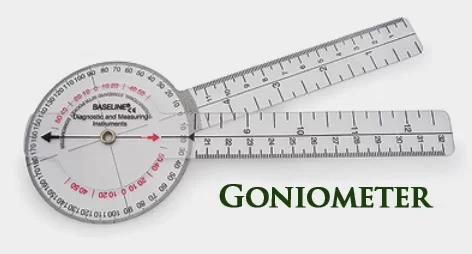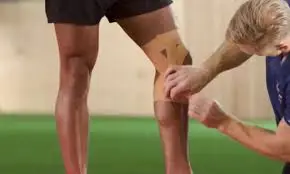Shockwave Therapy
What is Shockwave Therapy? Shockwave therapy is a non-invasive treatment that helps the body’s natural healing process. It can reduce pain and speed up the healing of torn ligaments, tendons, and other soft tissues. It does this by releasing maturation factors from injured soft tissue. Shockwave treatment is occasionally employed with extracorporeal pulse activation technological…
